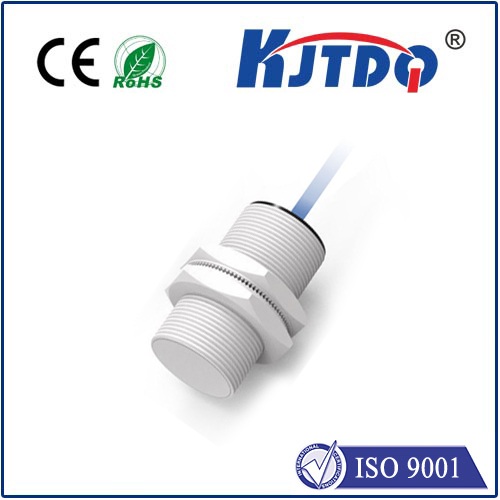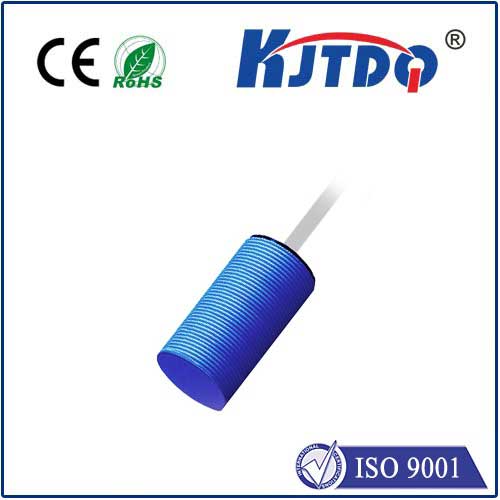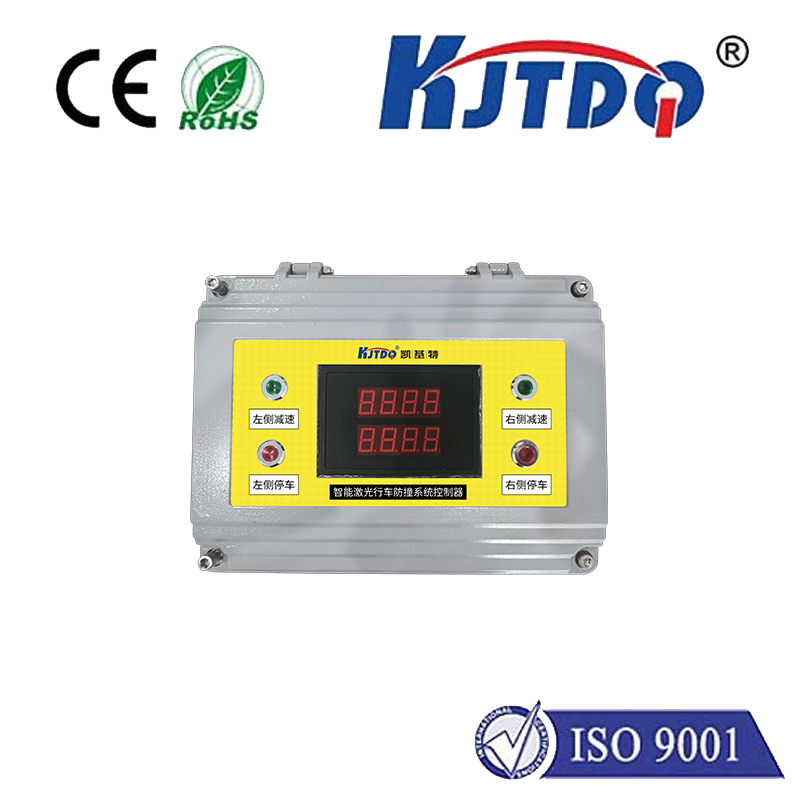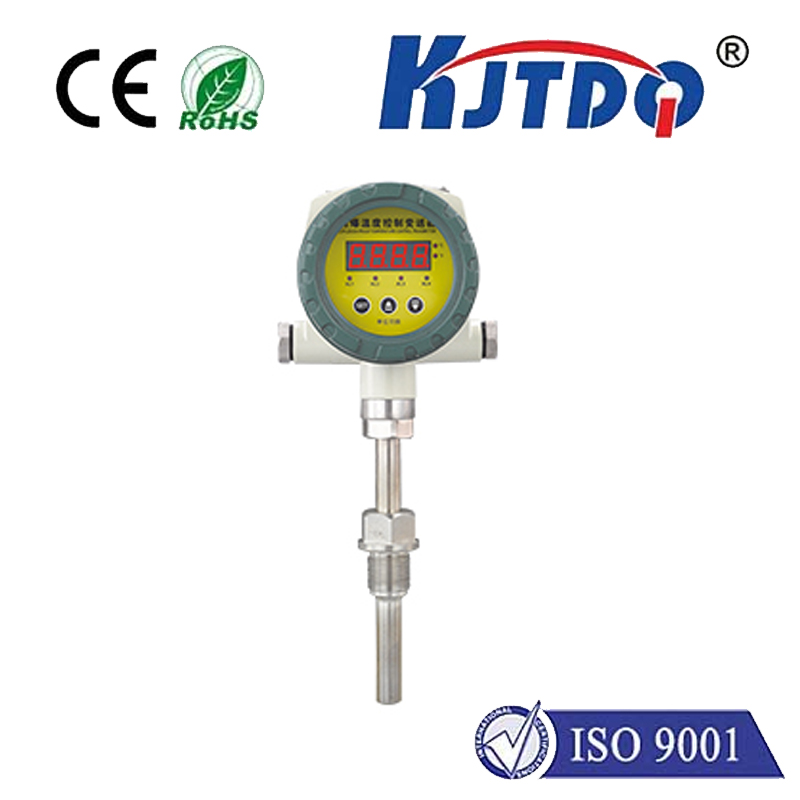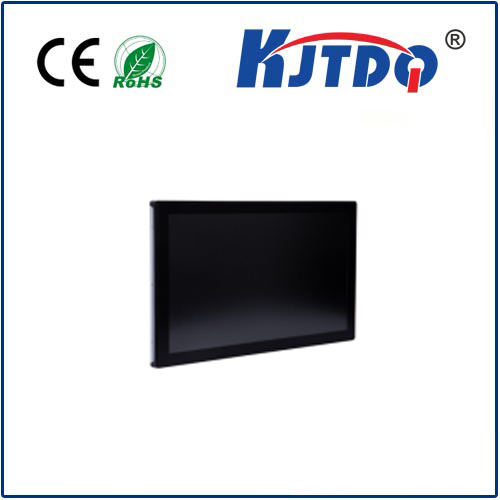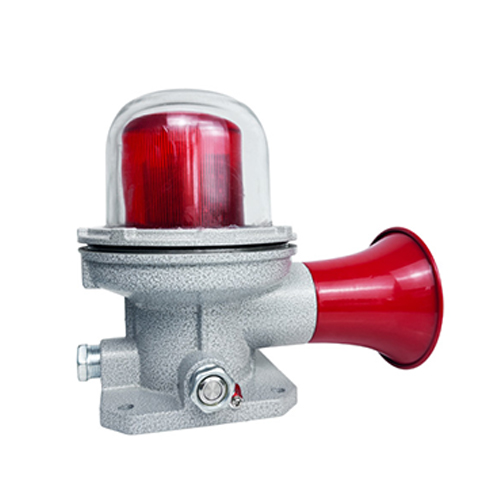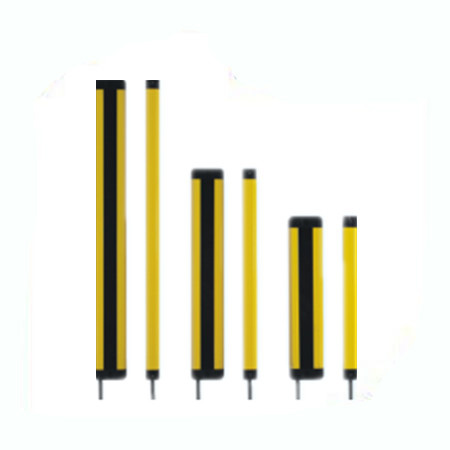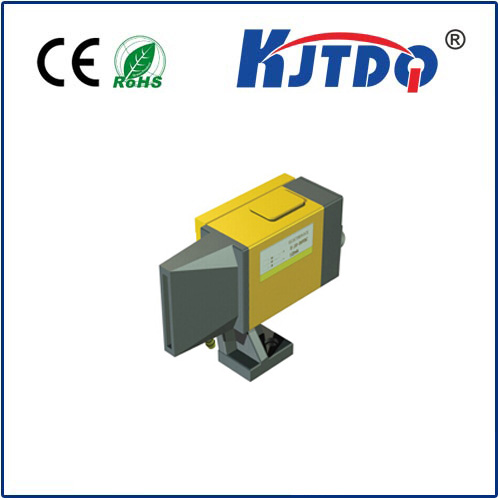PG2434 pressure sensor
- time:2025-09-24 01:54:57
- Click:0
PG2434 Pressure Sensor: Unlocking Precision Pressure Measurement Across Industries
Imagine a critical process where a slight fluctuation in pressure could mean the difference between optimal performance and catastrophic system failure. Whether monitoring complex hydraulic systems, safeguarding delicate pharmaceutical batches, or ensuring the precise operation of HVAC equipment, accurate pressure data is non-negotiable. At the heart of such demanding applications often lies the PG2434 pressure sensor, a critical component engineered for reliability and accuracy in diverse environments. This article delves into this specific transducer, exploring its capabilities, key applications, and why it stands as a vital tool for engineers and technicians globally.
What Exactly is the PG2434 Pressure Sensor?
The PG2434 represents a distinct model within the broader category of pressure transducers. It’s an electronic device meticulously designed to convert the physical force exerted by a gas or liquid (pressure) into a proportional, standardized electrical signal – typically 4-20mA or 0-10V outputs being industry standards. This conversion allows for seamless integration into process control systems, data loggers, and monitoring equipment, translating physical phenomena into actionable data. The designation “PG2434” typically signifies specific design parameters, including its pressure range, electrical connections, output type, and sometimes its media compatibility or physical form factor, distinguishing it from other models within a manufacturer’s lineup.
Core Features Driving Performance

The PG2434 sensor’s effectiveness hinges on several crucial features designed to meet industrial demands:
- Robust Construction & Material Integrity: Engineered for durability, PG2434 sensors often utilize high-grade stainless steel (like 316L) wetted parts and robust housings. This construction ensures long-term resilience against corrosion, shock, and vibration, making them suitable for harsh industrial settings like manufacturing plants or mobile hydraulics.
- High Accuracy and Stability: Accuracy is paramount. The PG2434 typically boasts impressive accuracy specifications (often within ±0.5% F.S. or better) and excellent long-term stability. This ensures consistent, reliable measurements over extended periods, minimizing drift and the need for frequent recalibration. Precise signal conditioning electronics contribute significantly to this performance.
- Wide Pressure Range Capability: Depending on the specific variant, the PG2434 series usually covers a broad spectrum of pressure ranges, from relatively low pressures (e.g., 0-10 bar) suitable for pneumatic systems, up to very high pressures (potentially exceeding 1000 bar) needed in hydraulic testing or oil & gas applications.
- Media Compatibility: Critical for diverse industries, the sensor’s construction materials are chosen for compatibility with a wide array of media – oils, fuels, water, air, refrigerants, and many non-corrosive gases. Specific versions might offer enhanced compatibility for aggressive media.
- Versatile Electrical Outputs & Connectivity: Offering industry-standard 2-wire 4-20mA or 3-wire voltage outputs (e.g., 0-10V, 0-5V), the PG2434 integrates effortlessly with PLCs (Programmable Logic Controllers), SCADA systems, and other control instrumentation. Options may include various process connections (G 1⁄4”, NPT 1⁄4”, etc.) and electrical connectors.
- Temperature Compensation: Sophisticated internal compensation circuits minimize the impact of ambient temperature variations on the sensor’s output. This ensures consistent readings even in environments where temperatures fluctuate significantly.
Where Precision Pressure Matters: Key Applications
The PG2434 pressure sensor finds its niche wherever dependable pressure monitoring is essential. Its ruggedness and accuracy make it indispensable across sectors:
- Industrial Automation & Process Control: Monitoring hydraulic and pneumatic pressures in machinery, controlling pump systems, regulating process lines in chemical plants, and managing compressor operations.
- HVAC & Refrigeration: Ensuring optimal refrigerant pressures in chillers, heat pumps, and air conditioning systems. Monitoring filter status, pump operation, and system health for efficient energy usage.
- Test & Measurement: Providing accurate pressure data for laboratory experiments, fluid power testing rigs, calibration benches, and research & development prototypes.
- Mobile Hydraulics: On excavators, cranes, agricultural machinery, and other mobile equipment, PG2434 sensors monitor critical hydraulic pressures for operational control and safety systems.
- Energy & Utilities: Monitoring pressure in pipelines, boilers, cooling systems, and water treatment facilities.
- Medical Equipment: Though requiring specific certifications, variants can be used in medical gas delivery systems and analytical instruments needing reliable pressure sensing.
Selecting the Right PG2434 Sensor: Key Considerations
Choosing the appropriate PG2434 variant is critical for optimal performance and longevity:
- Pressure Range: Select a model whose range comfortably exceeds your system’s normal operating pressure, ideally with the operating point in the middle third of the scale for best accuracy.
- Media Compatibility: Absolutely essential. Confirm that the sensor’s wetted materials are compatible with the specific fluid or gas it will contact. Incompatibility can lead to rapid sensor failure or contamination.
- Output Signal: Match the sensor’s output (4-20mA, 0-10V, etc.) to the input requirements of your receiving device (PLC, display, data logger). Consider cable length implications; 4-20mA is generally superior for longer runs.
- Electrical Connection & Process Port: Ensure the electrical connector type (cable, DIN plug, etc.) and thread size/material (G, NPT, SAE) fit your installation requirements.
- Accuracy and Stability Requirements: Determine the level of precision needed for your application. Higher accuracy often comes at a premium but is crucial for critical measurements.
- Environmental Conditions: Consider operating temperature range, potential exposure to water, dust, chemicals, or excessive vibration. Ensure the sensor’s IP rating (Ingress Protection) is adequate for the environment (e.g., IP65 or higher for washdown areas).
The Future of Pressure Sensing: Trends and the PG2434’s Role
Industrial sensing continues to evolve. We see increasing integration of digital communication protocols like IO-Link or HART over traditional analogue outputs, enabling enhanced diagnostics, parameterization, and data accessibility. While the core analogue PG2434 remains highly relevant for vast numbers of existing and new installations, manufacturers are likely adapting similar robust designs with added digital capabilities to meet future demands for smart factory integration (Industry 4.0). This includes features like predictive maintenance insights derived from sensor diagnostics. The fundamental design principles embodied in reliable sensors like the PG2434 – ruggedness, accuracy, and media compatibility – remain the foundation upon which these advancements are built. For engineers seeking proven performance in demanding pressure monitoring tasks, the PG2434 pressure sensor continues to be a cornerstone solution, delivering the crucial data needed for control, safety, and operational excellence. Its specific designation assures users of a known quantity with defined parameters, simplifying integration and ensuring predictable results.







